PIN THIS POST!
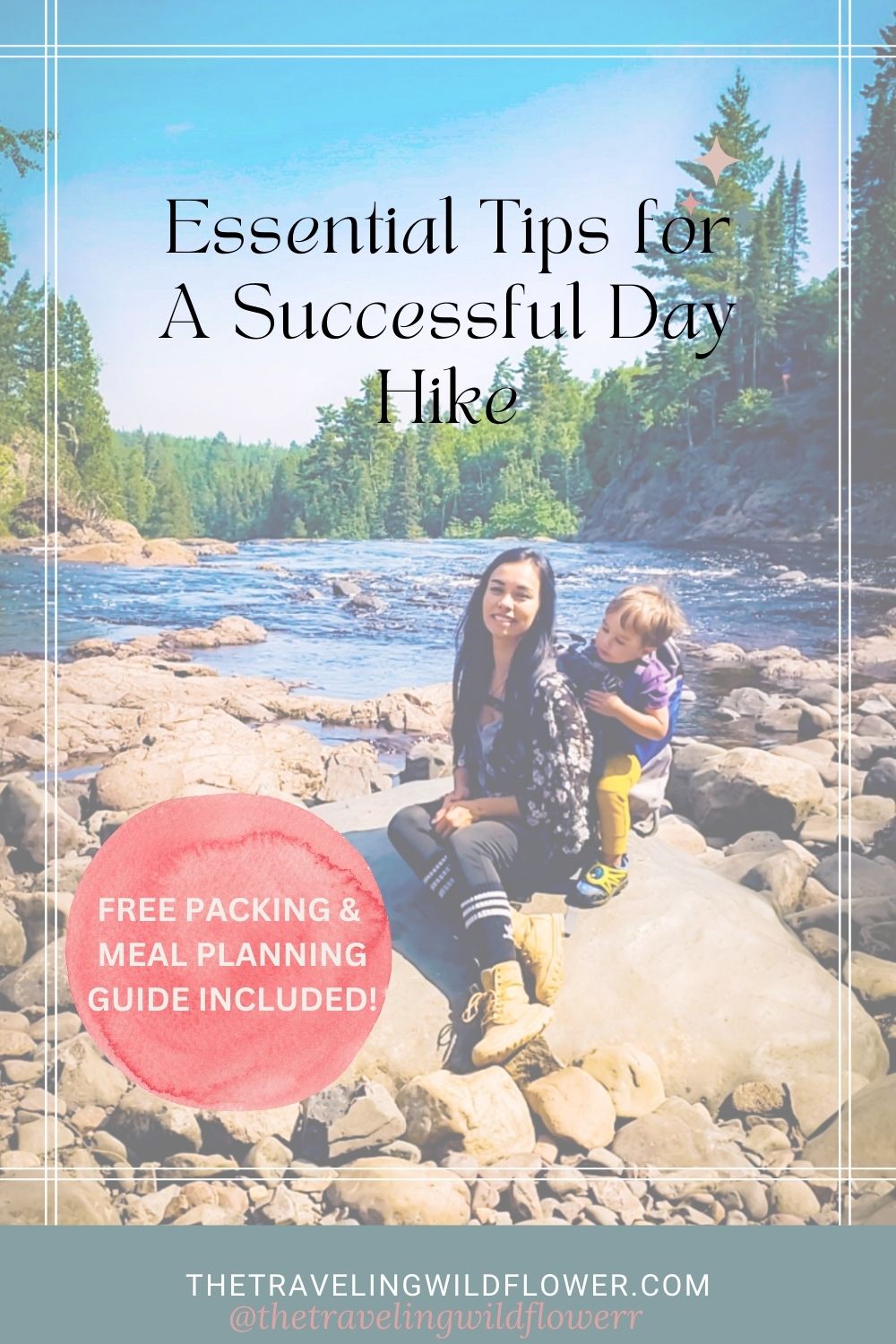
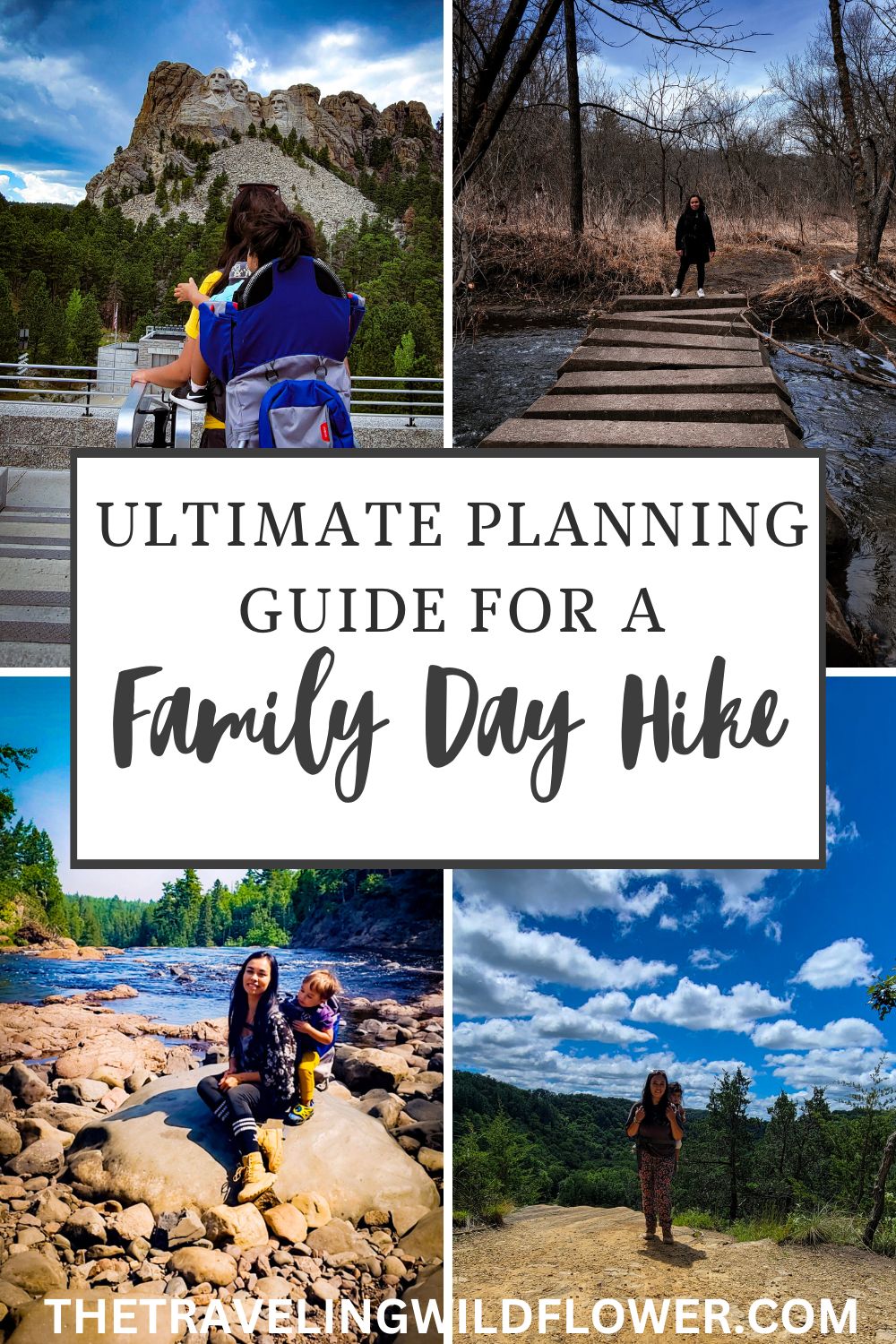
So you want to go on hiking trip? You couldn’t have picked a BETTER activity. Hiking is seriously one of the most rewarding activities I have ever done. I love hiking because losing my mind in the woods helps me to find myself- every time! Sometimes, I plan my hiking adventures (especially if they are longer trips, in a new place or I have my kids with me), but a lot of times, my adventures are completely spontaneous & I want to up and leave quickly! There are times, this has come back to bite me when I am out on the trail, finding myself wishing I would have packed extra clothes or brought a physical map. Anyone else relate?! Well, if you are like me & have had the same experience, you have come to the right place!
This blog post is intended to be your one stop shop to quickly prepare and organize yourself for a successful and safe hiking adventure!
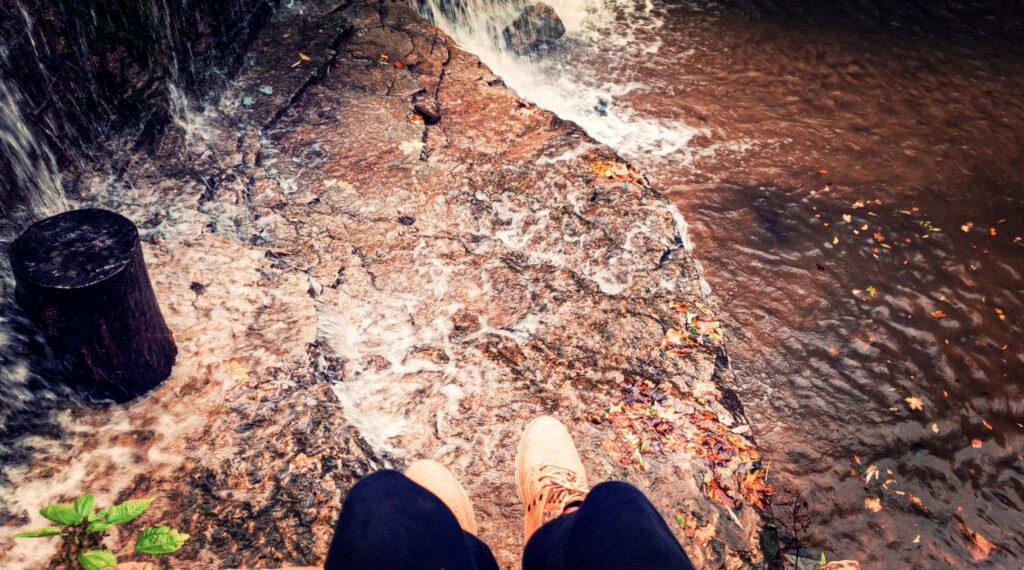
In this blog post, you will find…
- FREE printable packing list for a hiking day trip
- FREE printable meal plan for a hiking trip
- Navigating hiking trails
- Sustainable snacks to pack
- Important gear to bring
- Product recommendations
- Things to consider before going
- And more!

Disclaimer: Everything in my blog is based on my own opinions, experiences and perspectives. We are all different and my hope is you can go out and create experiences and perspectives of your own. I also have some affiliate links with Adobe, Back Country and Kayak.com throughout my blog and advertisements for brands I partner with and use such as Just Strong, Goli Vitamins and DIFF Eyewear. I make a very small commission if you purchase through the link & offer a discount code at no additional cost to you. Also, these traveling itineraries are shared from my own experiences and point of view & are no means an endorsement or advice.

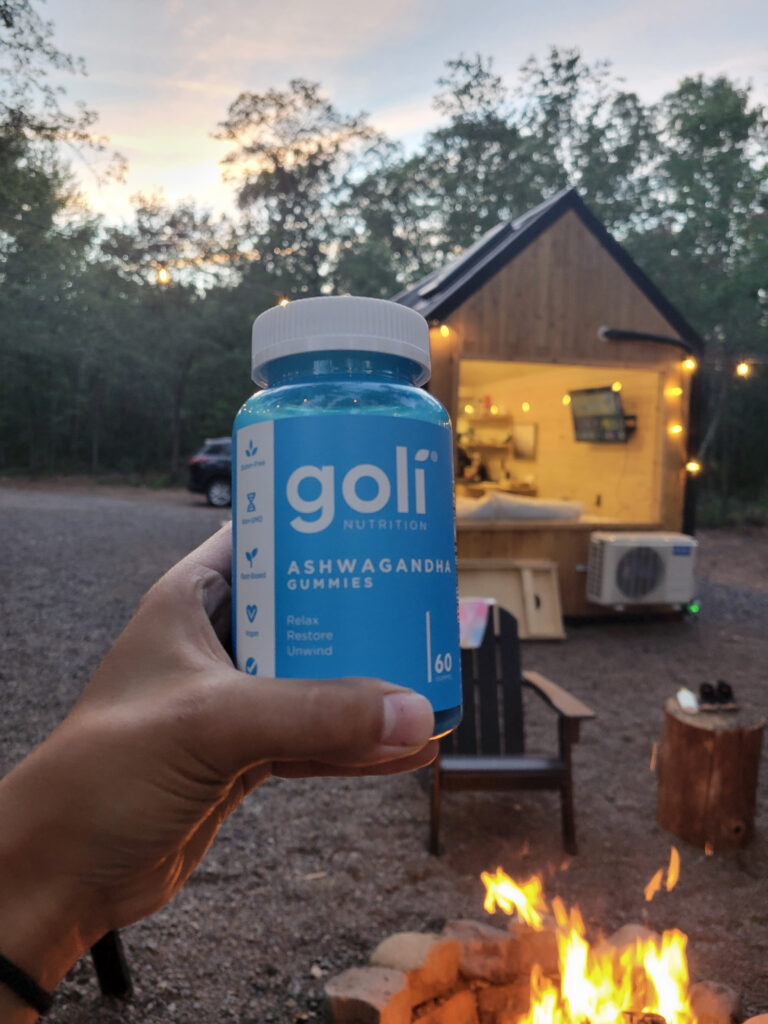
Easily stressed out? Try Goli Vitamins’ Ashwaghanda to keep yourself healthy, to get a good night’s sleep and relax- even during traveling! Use my code Wildflower22 for 10% off your purchase here!
THINGS TO KNOW BEFORE YOU GO
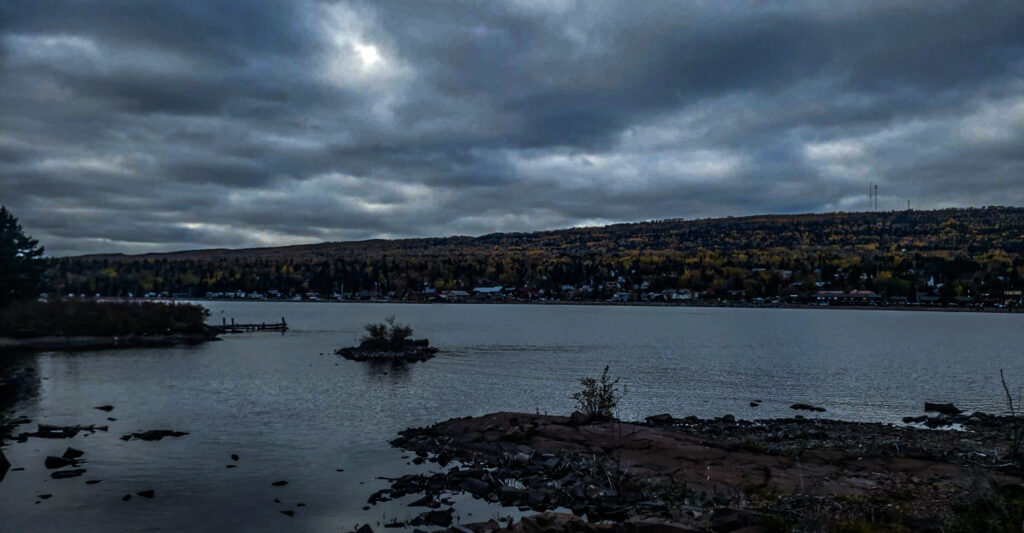
Before you prepare to leave for your hiking experience, there are a few things you should be asking yourself. You answer to these questions will also help you with packing and other preparations.
- What will the weather conditions be like?
- How remote is the location?
- What trails do I want to hike? What are the difficulty levels?
- What are the trail conditions like? Are there any closures?
- What are the hazards of this area (landscape, animals, etc)?
- What are the needs of everyone going?
- Are you prepared for emergency scenarios?
- How much time do you have to hike?
- How far are you wanting to go?
- Does someone else know where you are going (who is not along for the trip)?
CHECK OUT THESE POSTS FOR EXCITING HIKING IDEAS
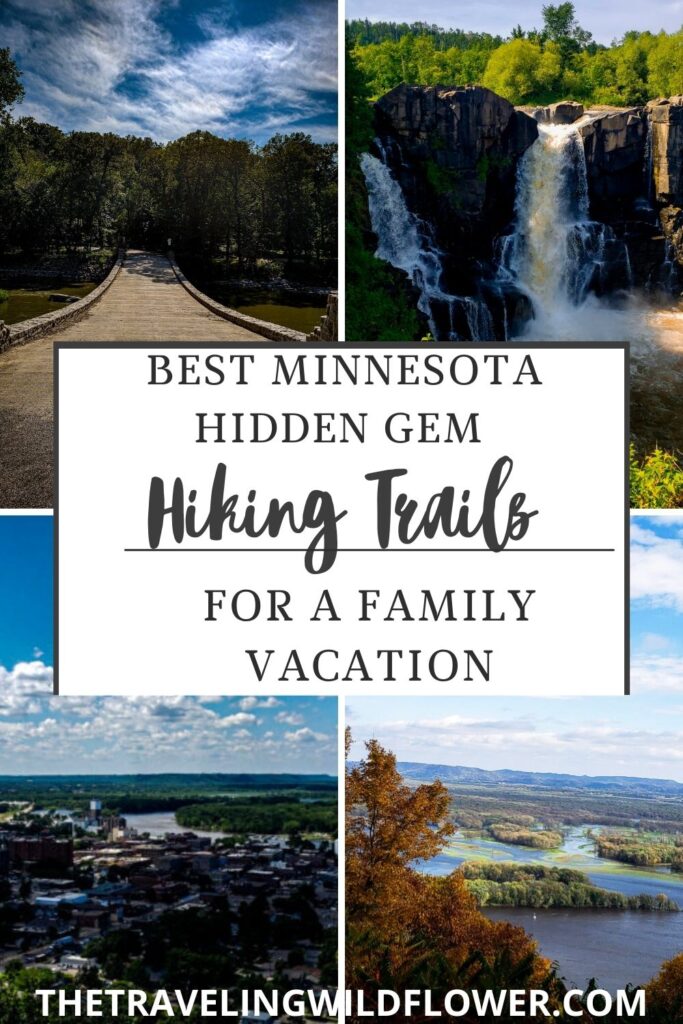
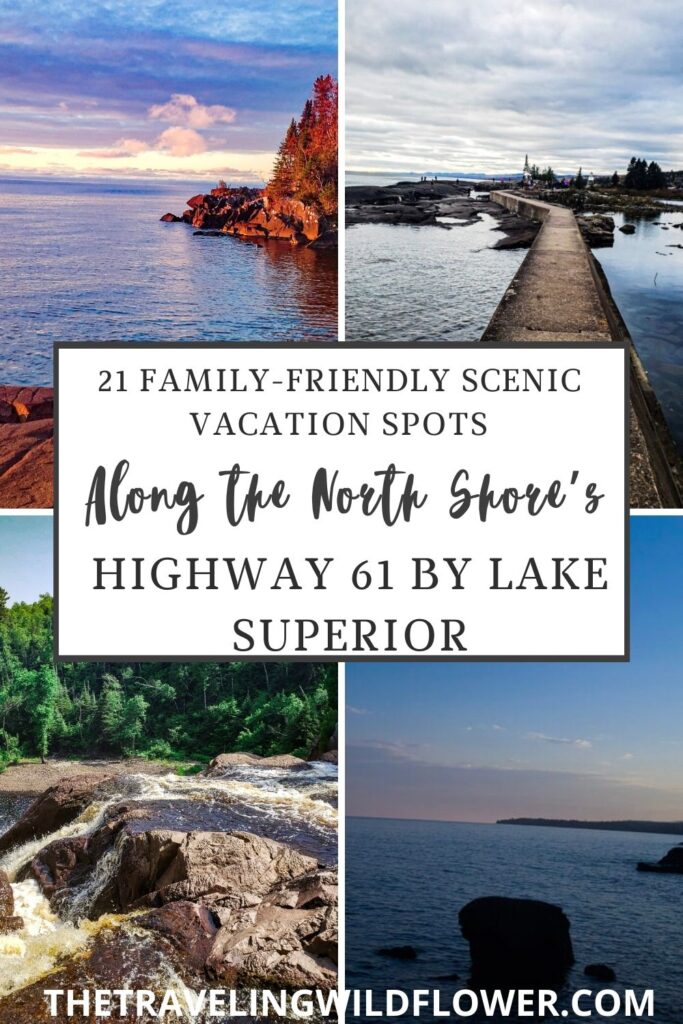

RESEARCH YOUR DESTINATION


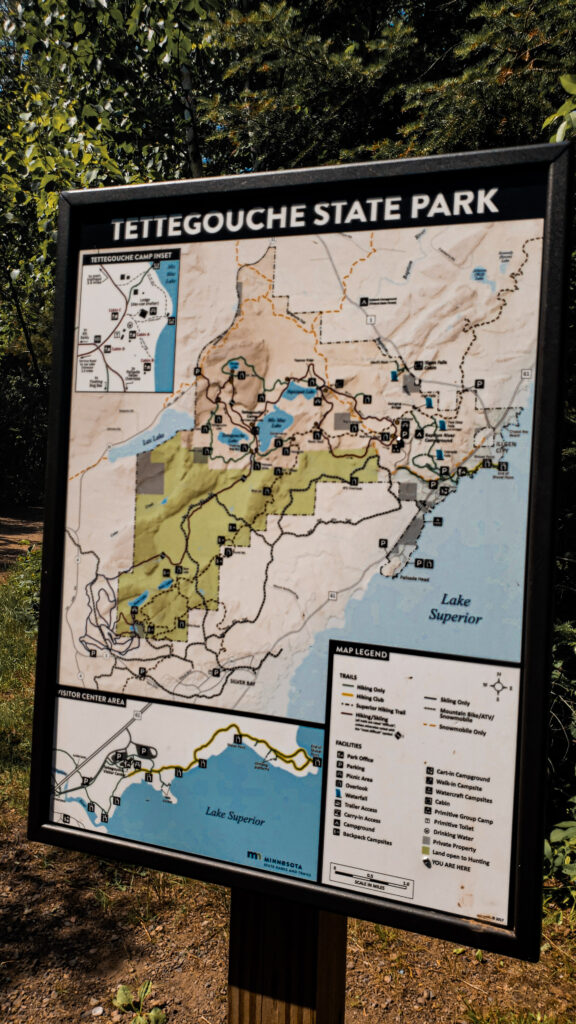



After deciding where you’d like to go, research your trail options. The first place I always go to is the state park, national park or county website. I am based in Minnesota, so I often visit th DNR’s Minnesota State Parks and Recreation Area website. On here, I can find virtual tours, maps of trails, trip itineraries, picnic areas, must see stops at each park, rules and regulations, lake finder, activities and even selfie stations. Often times, the websites will also have updates regarding the difficulty level of each trail, distance, trail conditions and closures. These are all things you want to consider, especially if you are hiking with kids or anyone who may struggle with lack of accessibility. Also- check to see where restrooms are located. This will help with knowing what to pack as well.
When I arrive at the park, I usually stop at the information station to get a copy of a physical map as well, just in case! You can also call ahead of time to ask them to mail you a travel guide. If you are backpacking for a few days & want an in depth look at trails and the park, you can check if there are published books as well (Amazon, Barnes & Noble, etc). For planning my national park adventures, I have been reading Roaming America by travel artist and photographer Renee Hahnel.

Pro tips:
- Check out the geoPDF maps to avoid getting lost. You can download the app here.
- Consider buying an annual state park permit for $35 or American the Beautiful annual pass for $80 to save money if you are an avid visitor. You can find the American the Beautiful pass here and the state park passes on your state park website (Minnesota’s is here).
HIKING AND PASSPORT CLUBS

Some state parks have a hiking and passport club to help you discover new highlights of each park. I will use Minnesota as an example (the numbers may vary state to state). The Hiking Club in MN takes you to 68 trails. You can buy your hiking club book for $14.95 at the information station or online here. Make sure to update your log for patches, certificates and free nights of camping.
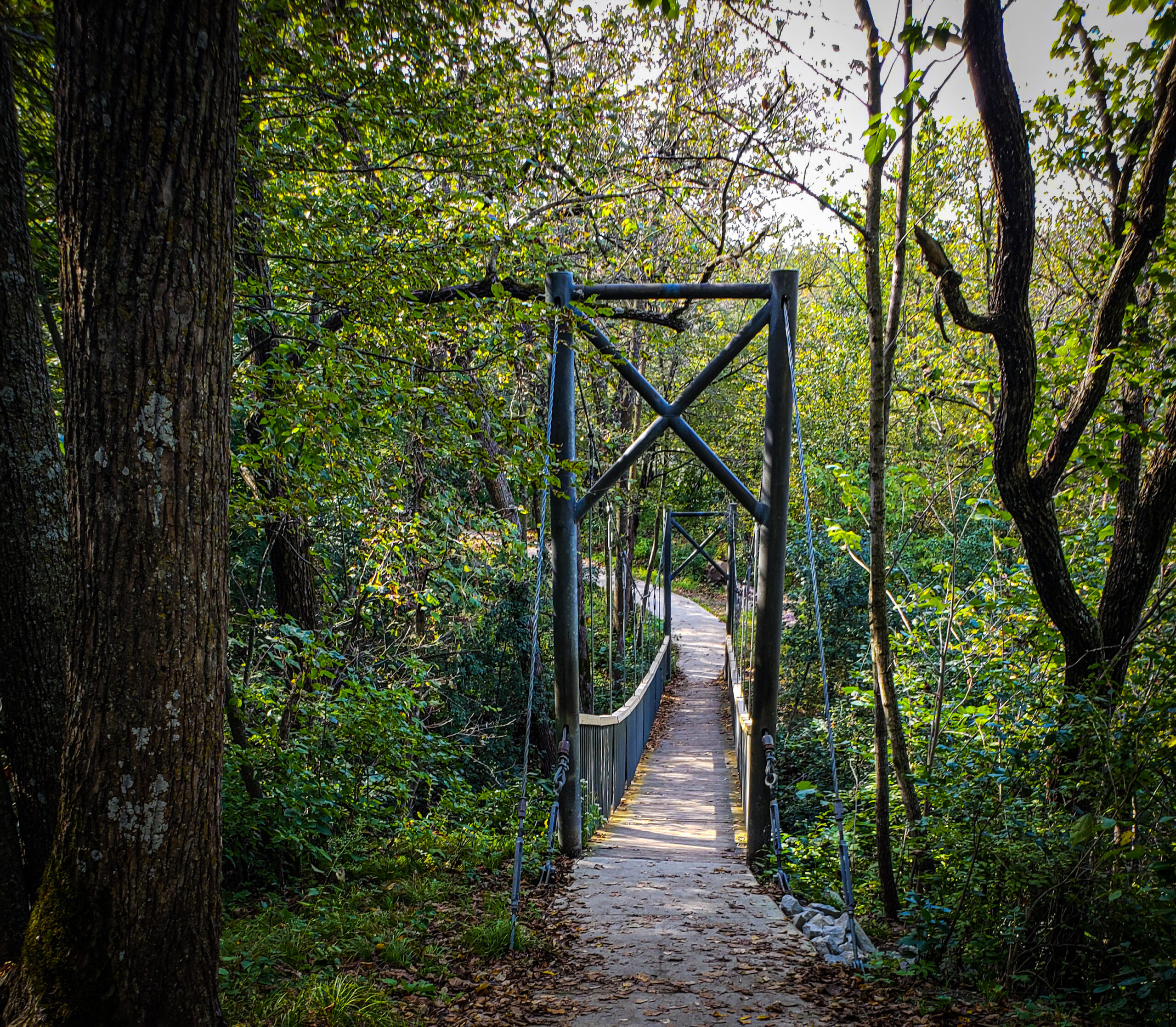
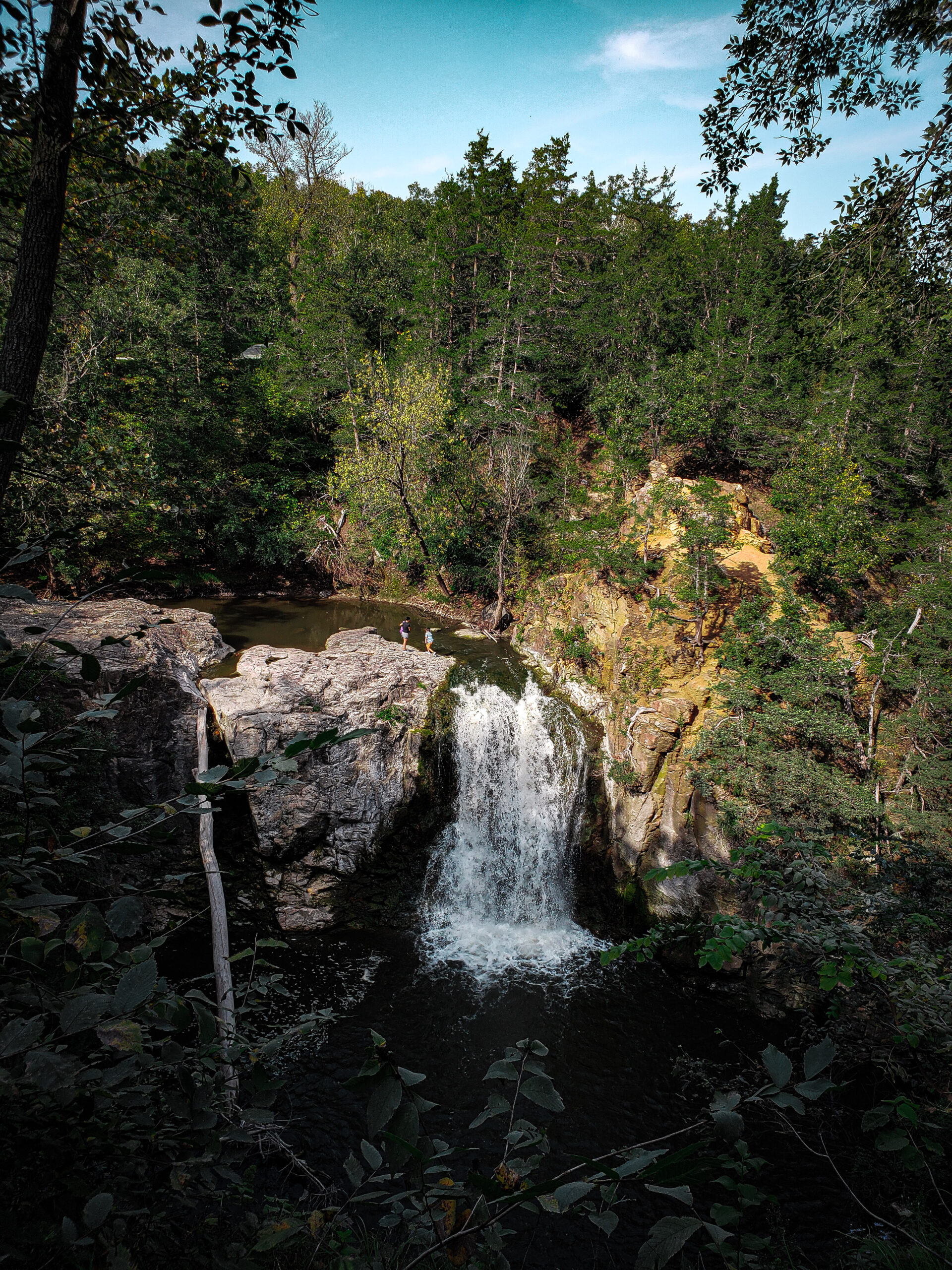
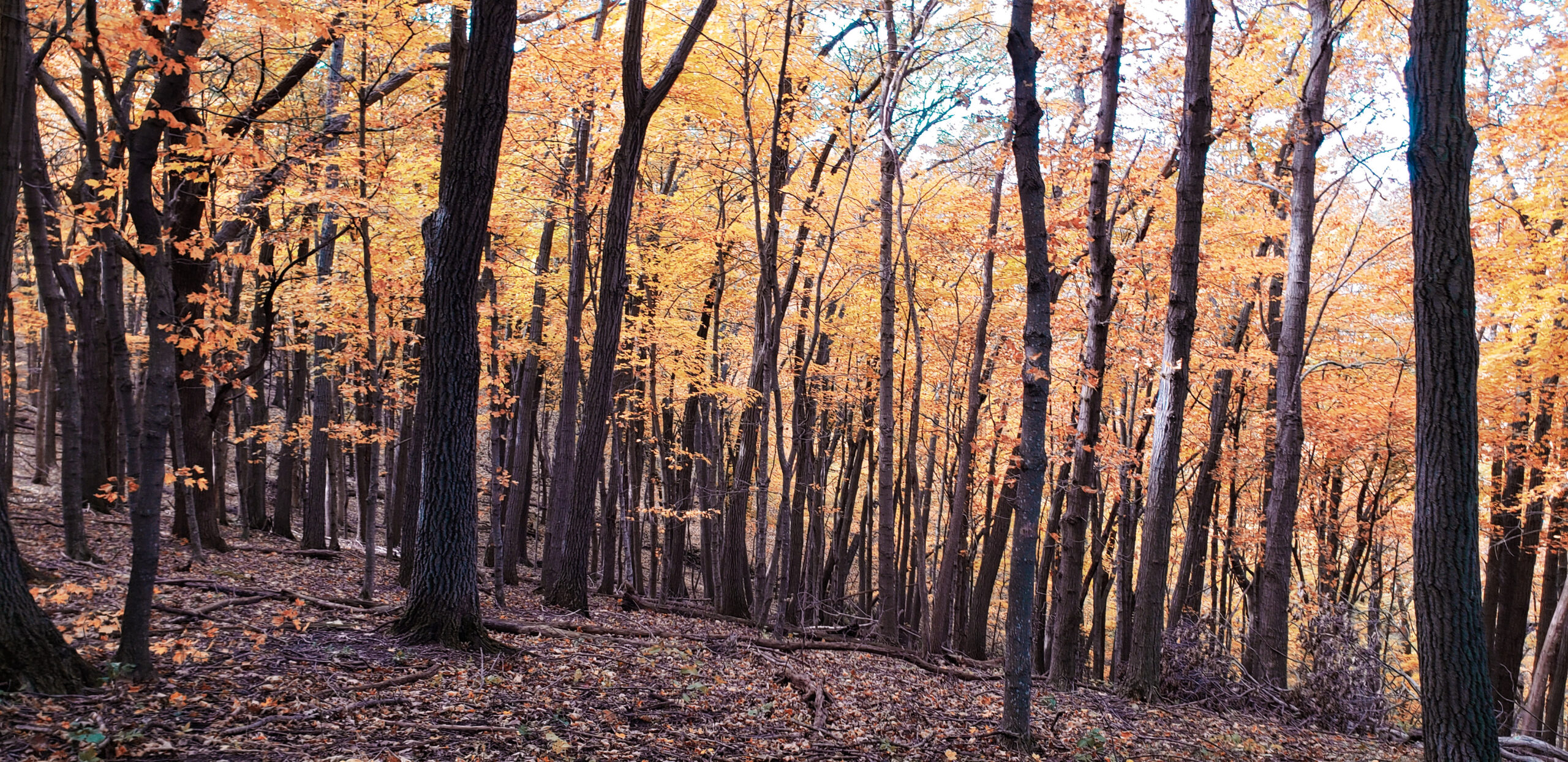


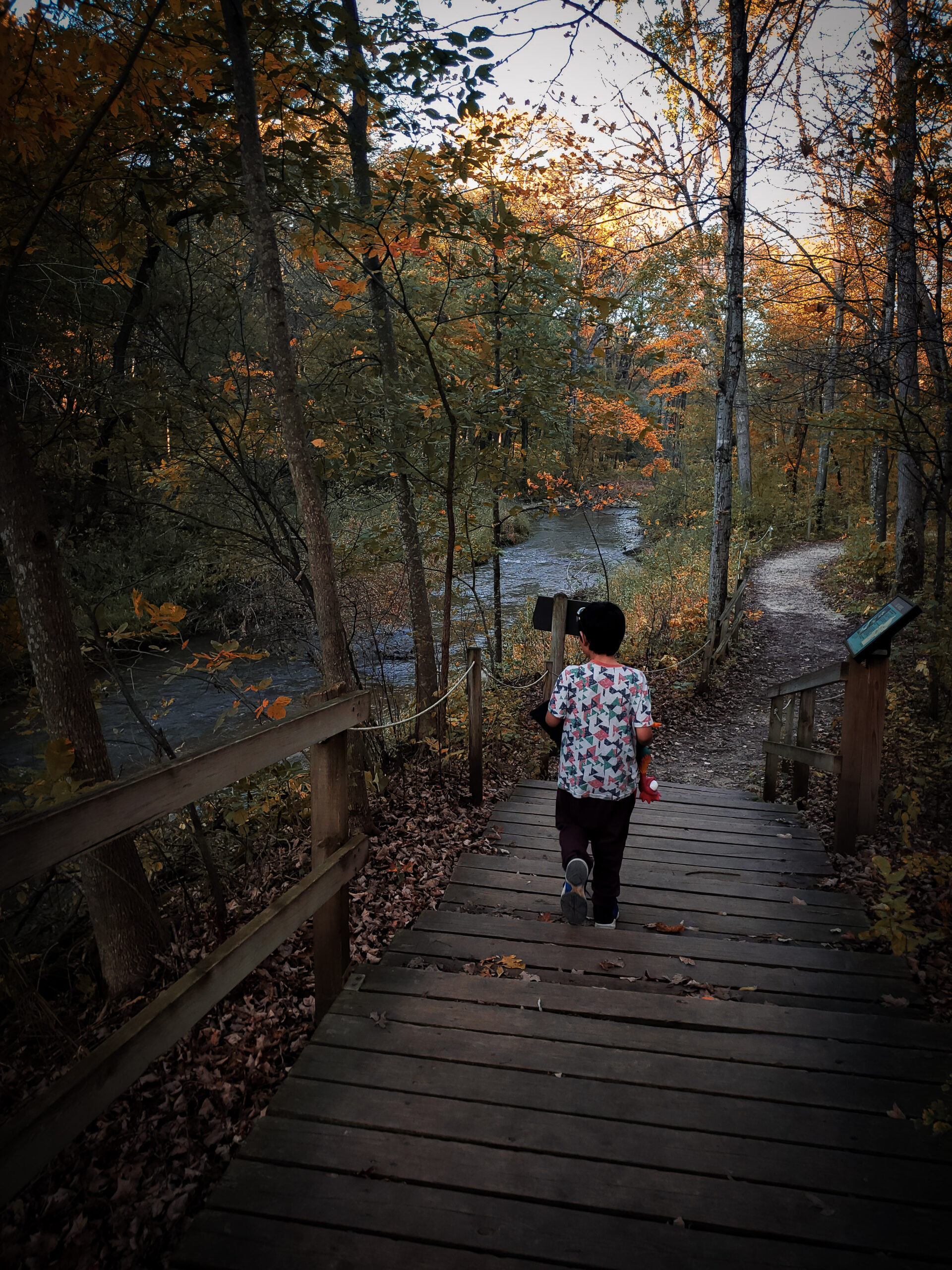
The goal of the passport club is to visit each of Minnesota’s state parks and recreation areas. The passport club book is also $14.95 and you can purchase at the information station or here. You can stamp your passport at the park office, kiosk or the entrance station. Rewards are a pin and certificate after 25 stamps and a free night of camping once your passport is complete.
CHECK YOUR GEAR
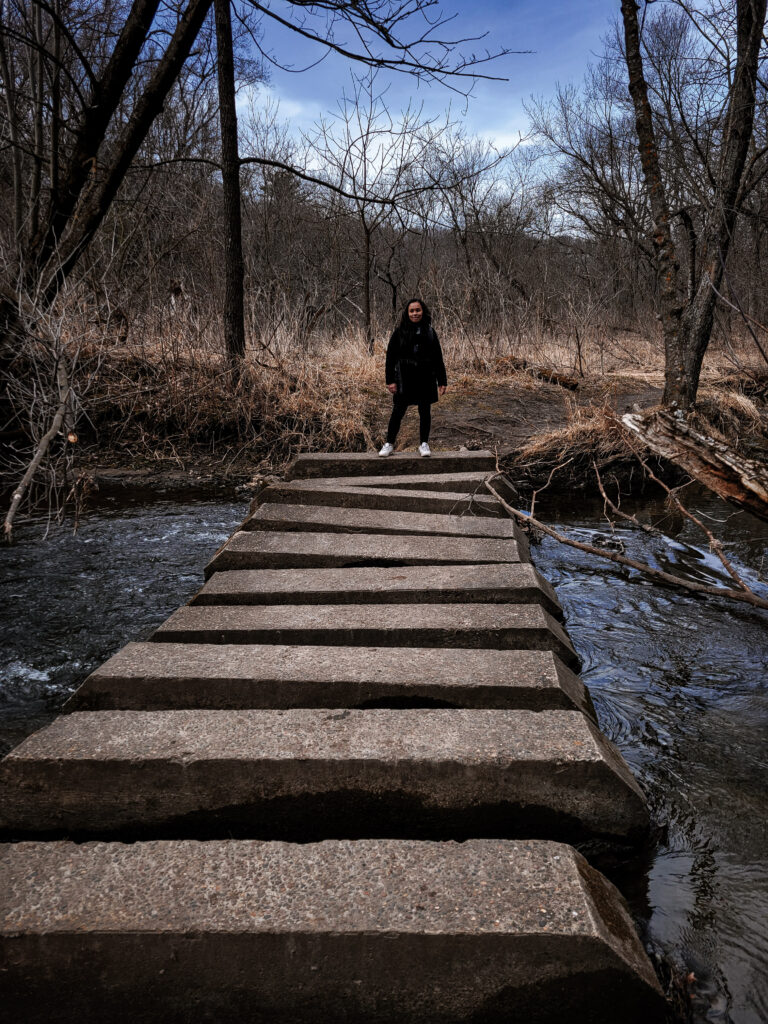
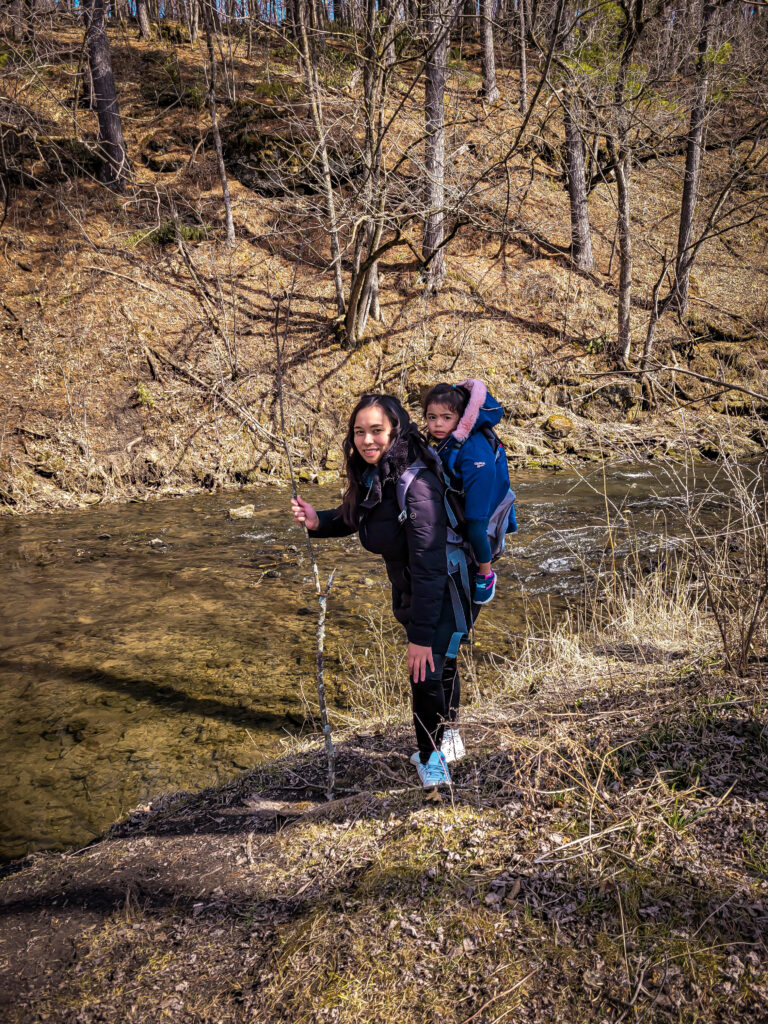
Every spring, I like to take inventory of my camping and hiking gear. Honestly, I need to get in the habit of doing it more frequently. I advise you to lay out all the gear you have and see if it works. For example, if you have a flashlight or headlamp, make sure the batteries are working. Make sure your gear doesn’t have rips, tears or holes in them. Double check to see if you have adequate clothing available for hiking or if it’s time to go to the store.
WHAT TO PACK

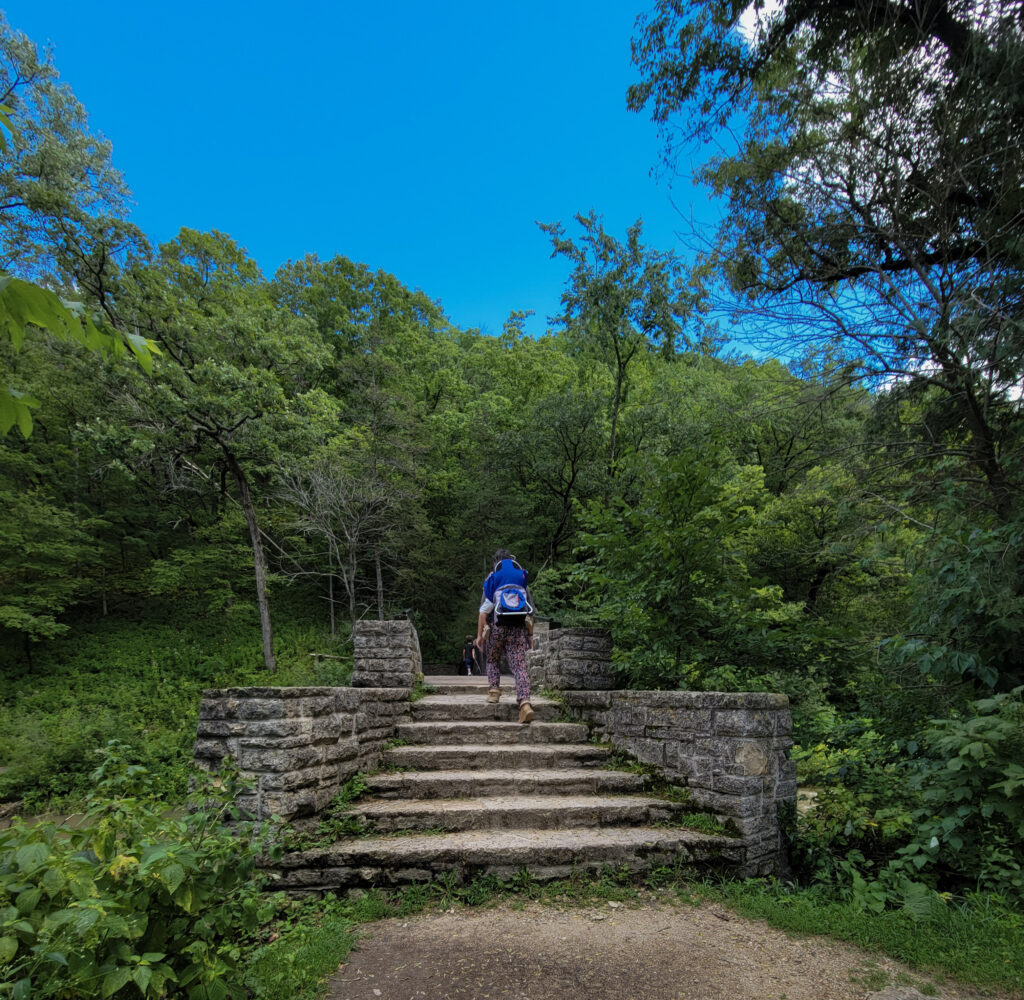


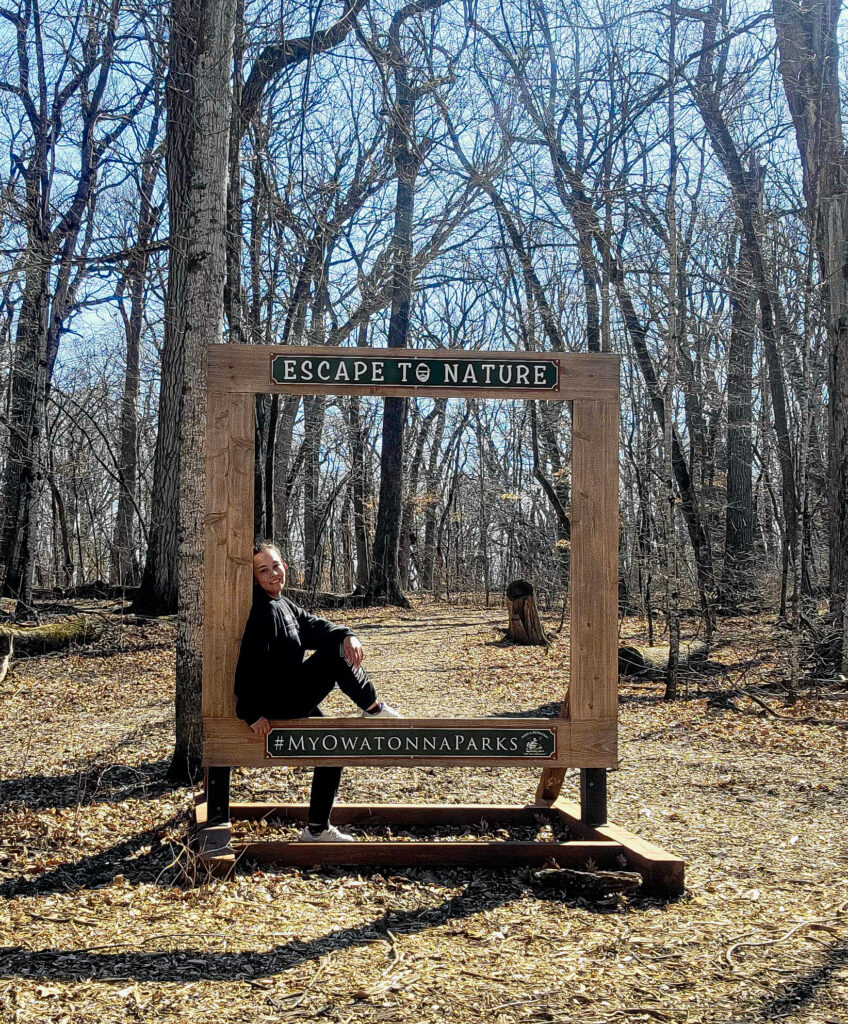

Keep in mind your answers to the questions above while figuring out what to pack. I always focus on the weather and the immediate needs of everyone who is with before I start packing. Obviously, you will be packing a lot less for a day hike as compared to a hiking trip in the back country. In this case, the lighter you pack, the better since you will be carrying your items with you.
Shop Backcountry’s Massive Selection of Gear, Clothing, and Outerwear on Sale!
- Water: The most important thing to pack is water. Make sure to hydrate before and during your hike. Bring your water bottles and extra water. It also does not hurt to bring along a water purifier, treatment tab or filter just in case (a MUST have if you are going into the back country).
- Food: Snacks, snacks and more snacks! Bringing along sustainable, healthy food is crucial to keep your body going. Make sure to view my full list of snacks in my FREE printable packing list as well as meal planning ideas in the second FREE PDF.
- Navigation: The geoPDF app I mentioned earlier is a good app to have on your phone. A GPS is a good idea too but 100% always have a physical copy of the park and trails you are hiking. You can print one online or get one outside the entrance and park office.
- First Aid: It’s a good idea to build your own personalized first aid kit (I keep mine in my car) that you can also bring along on your hikes or camping trips. Must have items for me are bandages, antibiotic ointment, gauze pads, tape, anti itch cream, Ibuprofen, anti allergy or any other medications needed.
- Hygiene Items: If you will be hiking farther away with no access to restrooms, bring hand sanitizer, toilet paper or wipes and trash bags (this you can use for other things too).
- Clothing: The weather will determine what you wear, but sometimes weather is unpredictable. It’s not a bad idea to pack a lightweight rain poncho just in case. Read the section below for more details on what to wear.
- Safety Items: Bringing a multi purpose tool like a Swiss knife can be a good idea for many reasons. Duct tape is a good idea too. Bear spray can come in handy just in case depending on where you are hiking. A fire starter, flashlight, waterproof matches and a whistle can be life saving items.
- Personal items: Bring your ID, credit card or cash, phone and portable charger with you.
- Other items: Make sure to use a backpack with padding and adjustable hip belts to take some strain off your back. If you are traveling by water, hiking in the rain I suggest buying a waterproof dry bag (suggestion posted below). Bug spray, tick repellant and sunscreen are a must! I also suggest sunglasses.
Pro tip: ALWAYS let someone know where you are going. Better yet, share your hiking plans and a map of the trails indicating where you want to hike with someone who is not on the trails with you. This can save your life.
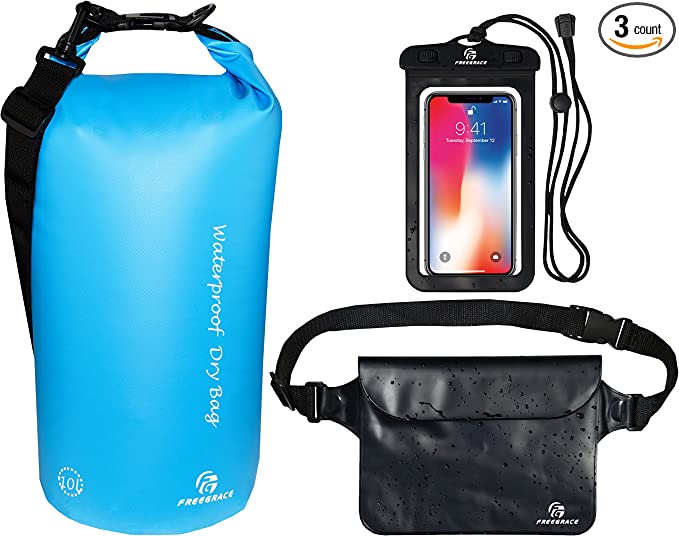
The waterproof dry bag set has came in handy for me to protect my phone, camera and other items I wanted to protect from water. I have used these items river tubing, during water activities, beach days and hiking in the rain. Click here to check it out!
CLICK HERE TO DOWNLOAD YOUR FREE DAY TRIP HIKING CHECKLIST PDF!
IF YOU HAVE ALREADY SUBSCRIBED VIA EMAIL, CHECK YOUR INBOX!
EXPLORE TRAVEL ITINERARIES FROM ACROSS THE COUNTRY

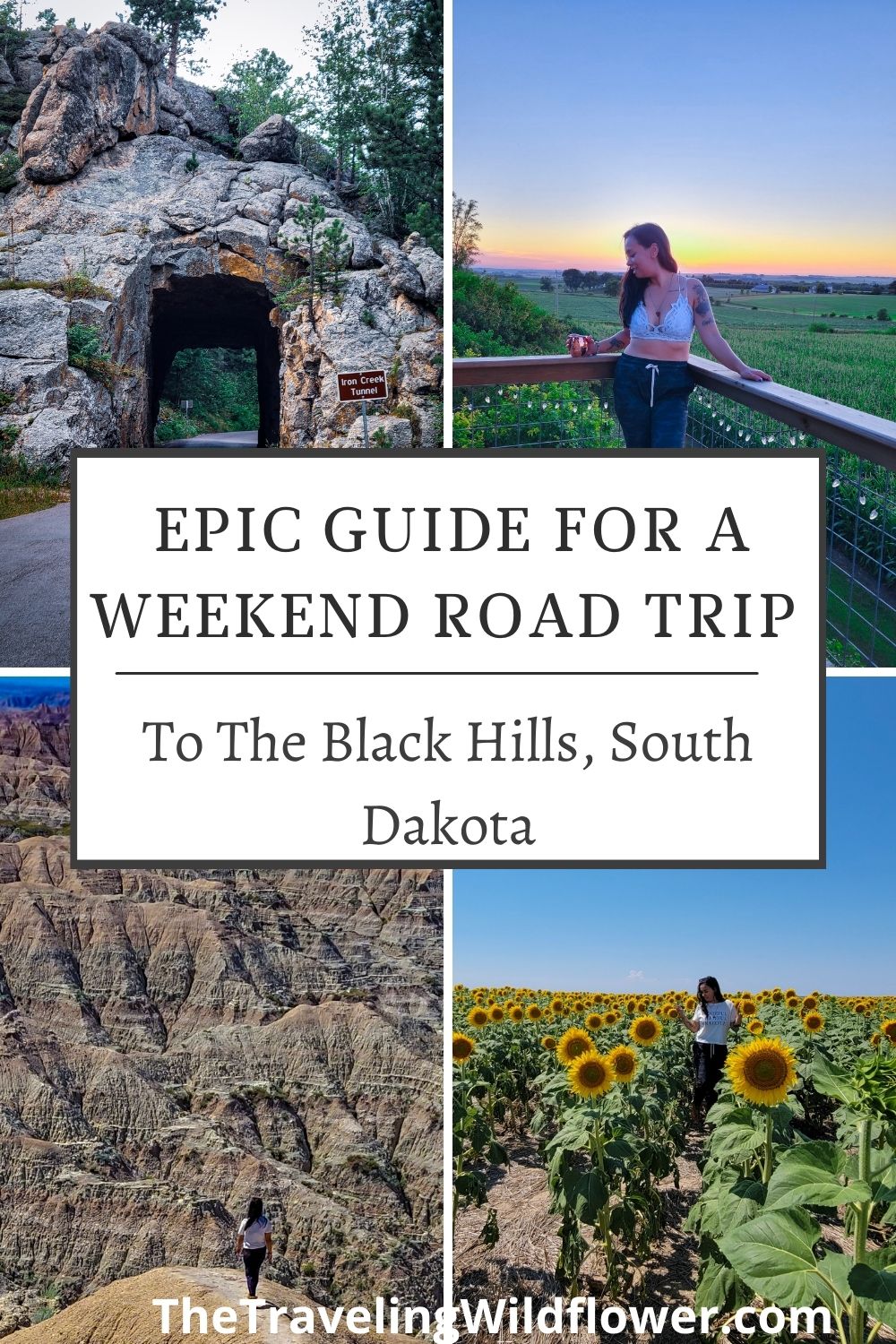
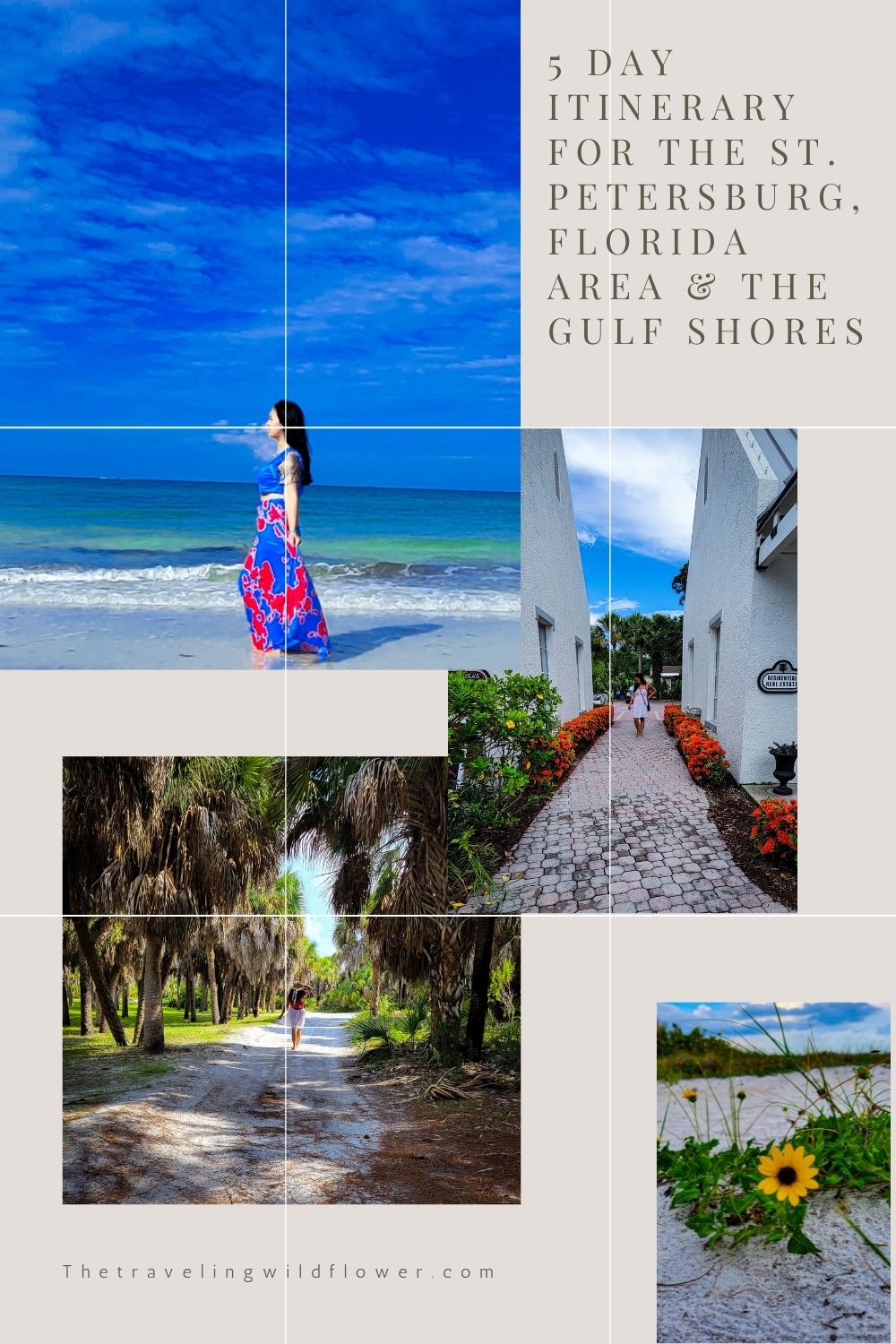
WHAT TO WEAR

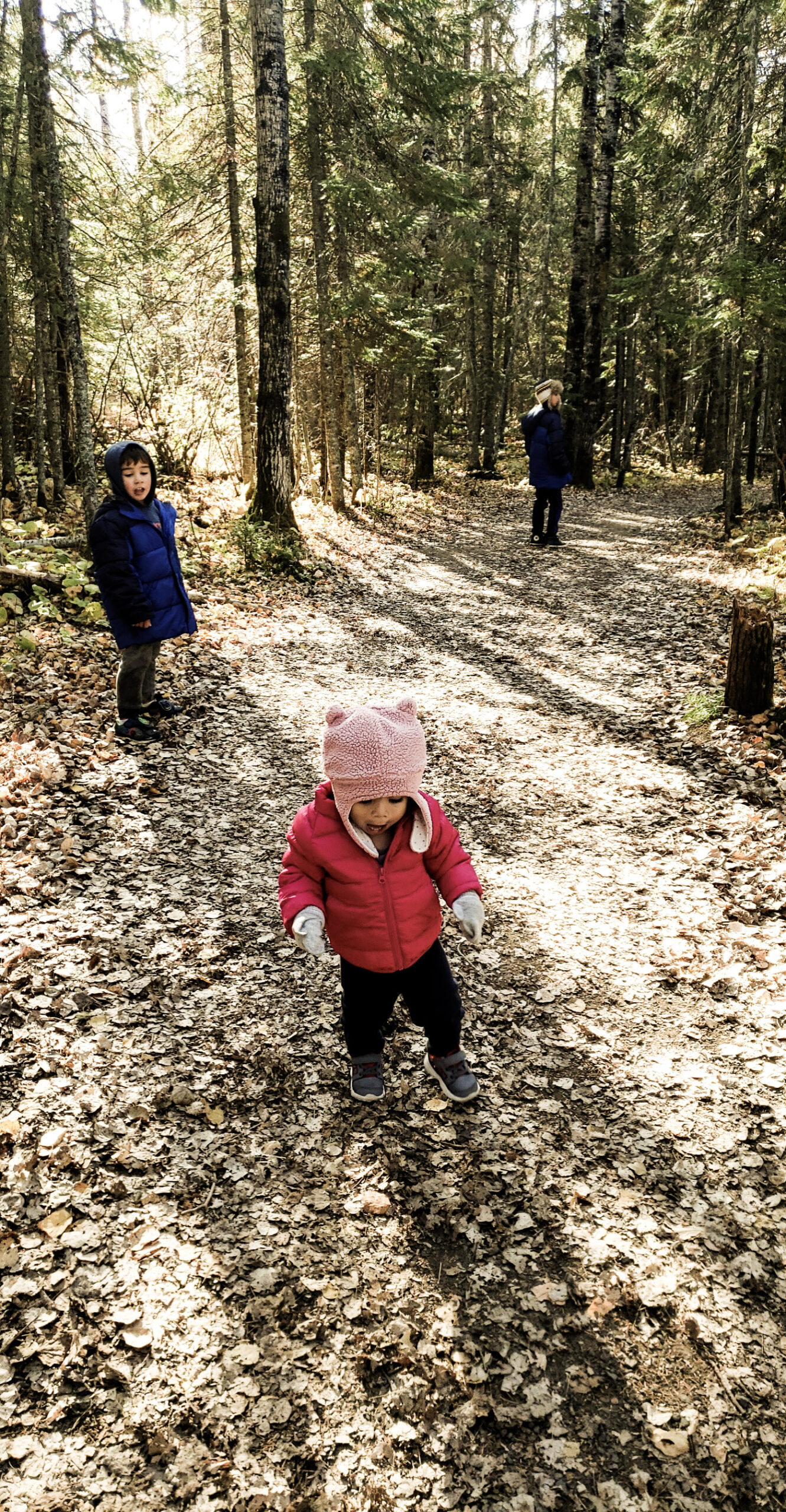
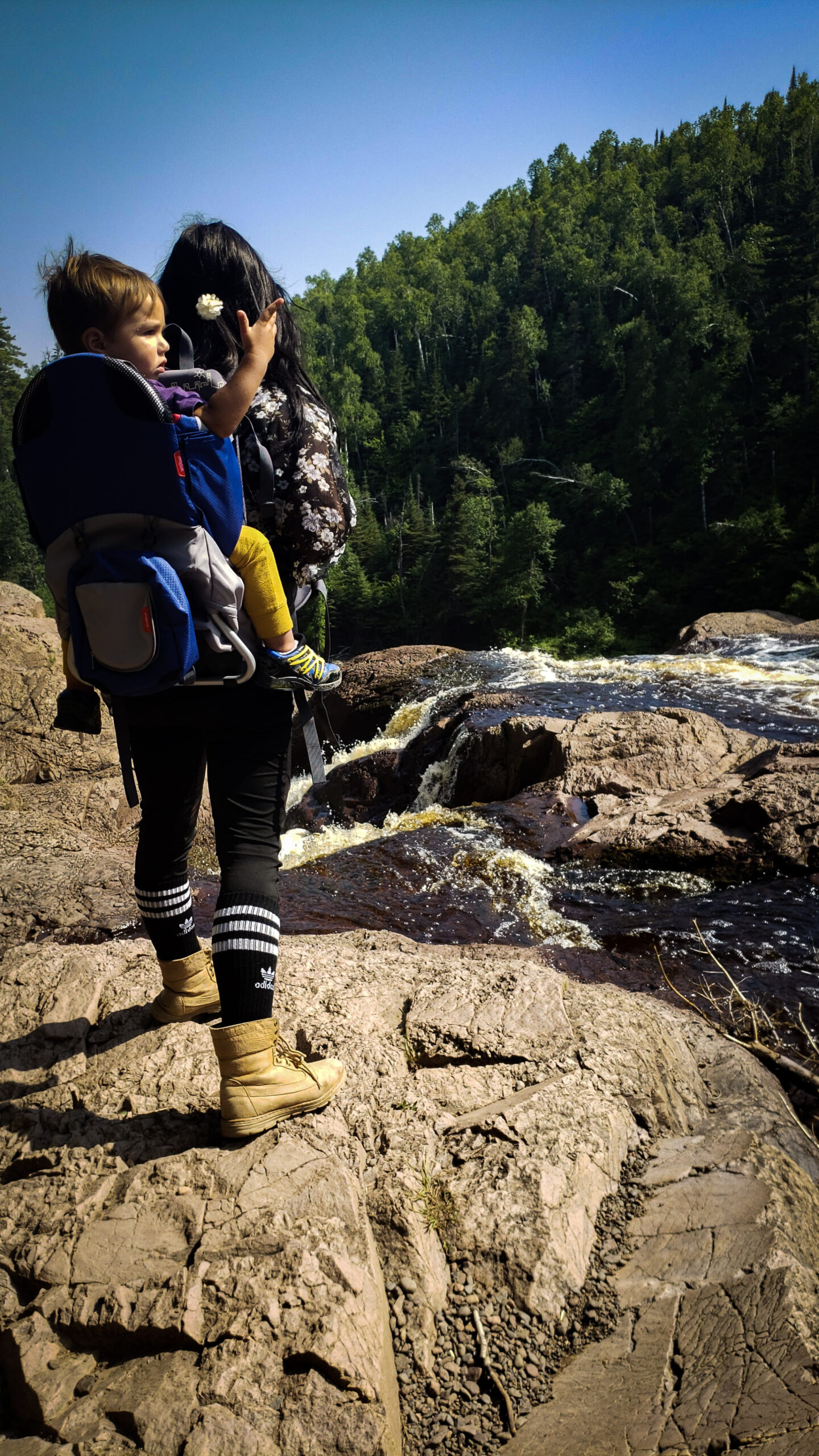
The best advice I can give you (besides checking the weather) is to dress in layers, no matter what the season is. For a fall hike especially, I usually wear a hat with my sunglasses, comfortable pants, and tank top. If it’s still pretty warm out, I will bring a sweater with. I have an insulated vest I like to pair with a long sleeve shirt during the fall or early spring as well. If it’s on the chillier side, I bring my Stoic insulated waterproof jacket. Choose clothing that is breathable, and can keep you cool or warm depending on the weather. I advise to NOT wear anything denim, khakis, velvet or any other material that will irritate your skin. During my fall hikes, I always make sure to wear long, cozy socks (longer socks prevent blisters) to keep warm and comfortable.

Always bring some extra clothing as well. If you have little ones with you, this is non-negotiable! For my kids, I like to pack extra socks and shoes/sandals as well. (Wipes are my best friend when it comes to my little ones!). Also bringing along a portable lightweight chair (check out my gear guide below- they are SO easy to bring!) or blanket so they (and you) can take breaks off your feet.
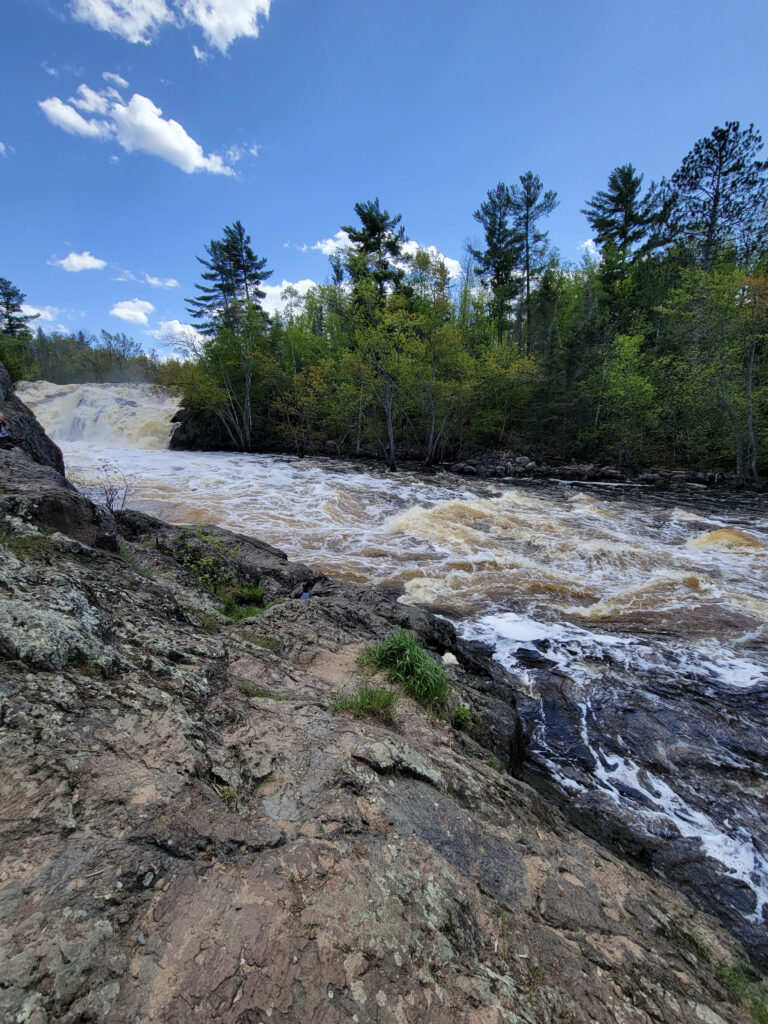

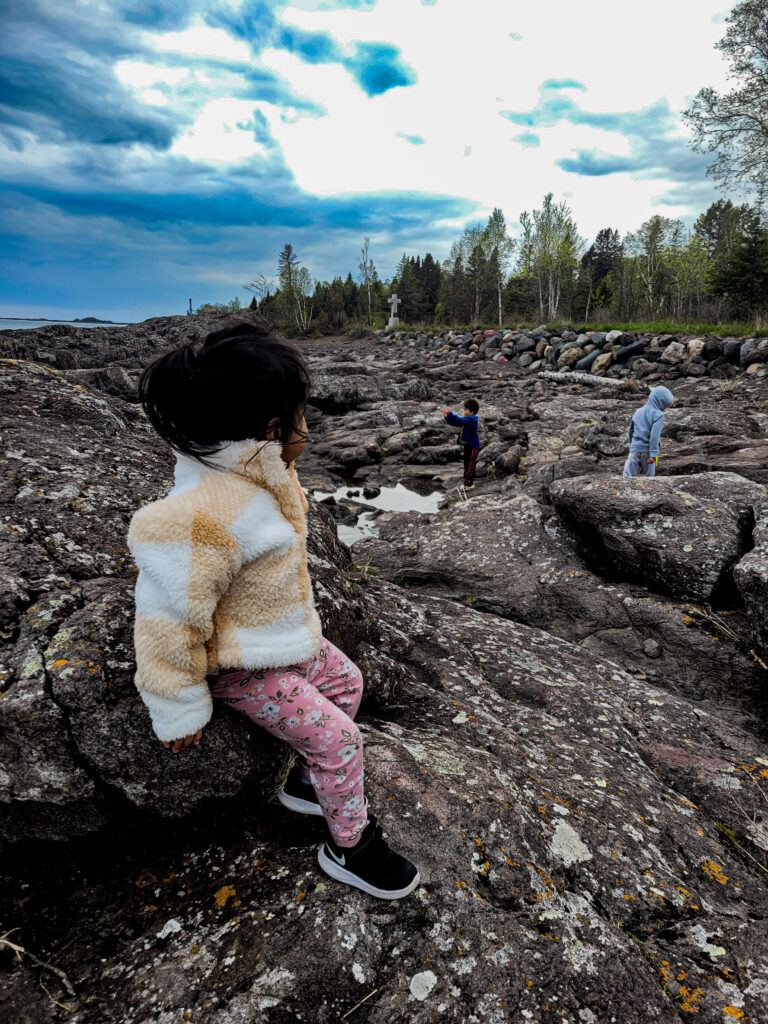
It’s crucial to have NICE hiking boots if you are an avid hiker. I wore the same pair for 5 years, and I could definitely feel they were getting worn out (and I could feel this in my back!). If you are going to splurge on anything, a good pair of hiking boots is one of the smartest items to splurge on. I spent a lot of time researching what’s right for me considering these things:
- How much support does it offer?
- What cut of boot do I want (there’s low, medium and high cuts)?
- Is it waterproof? What material is it made out of?
- What terrain am I hiking?
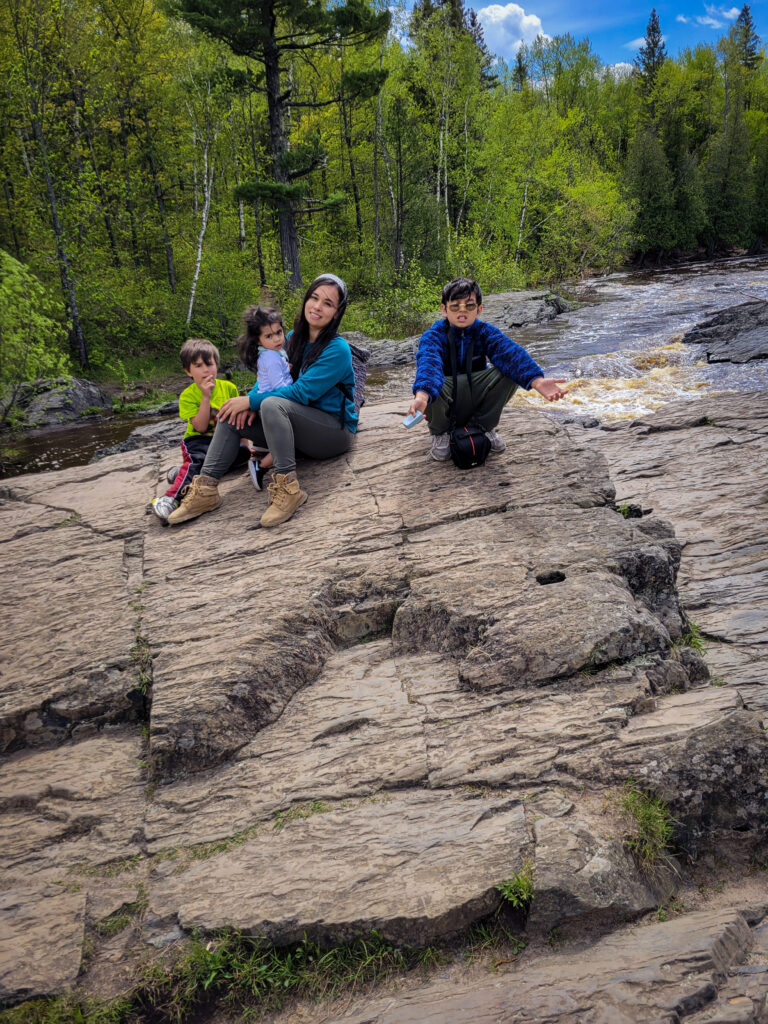

I ended up going with the Newton Ridge Plus Waterproof Amped Wide Boot from Columbia, found on Back Country. This pair comes in two different designs (I have the brown and red one), and is waterproof, made with durable leather and mesh on the upper part to make it breathable. There’s a mid sole cushion to offer more comfort and support plus I can use it for any terrain.
Click the HERE to shop the Newton Ridge Plus Waterproof boot. Back Country also has a Fall sale of 70% off with free shipping for purchases over $50 (as of 9/20/22).
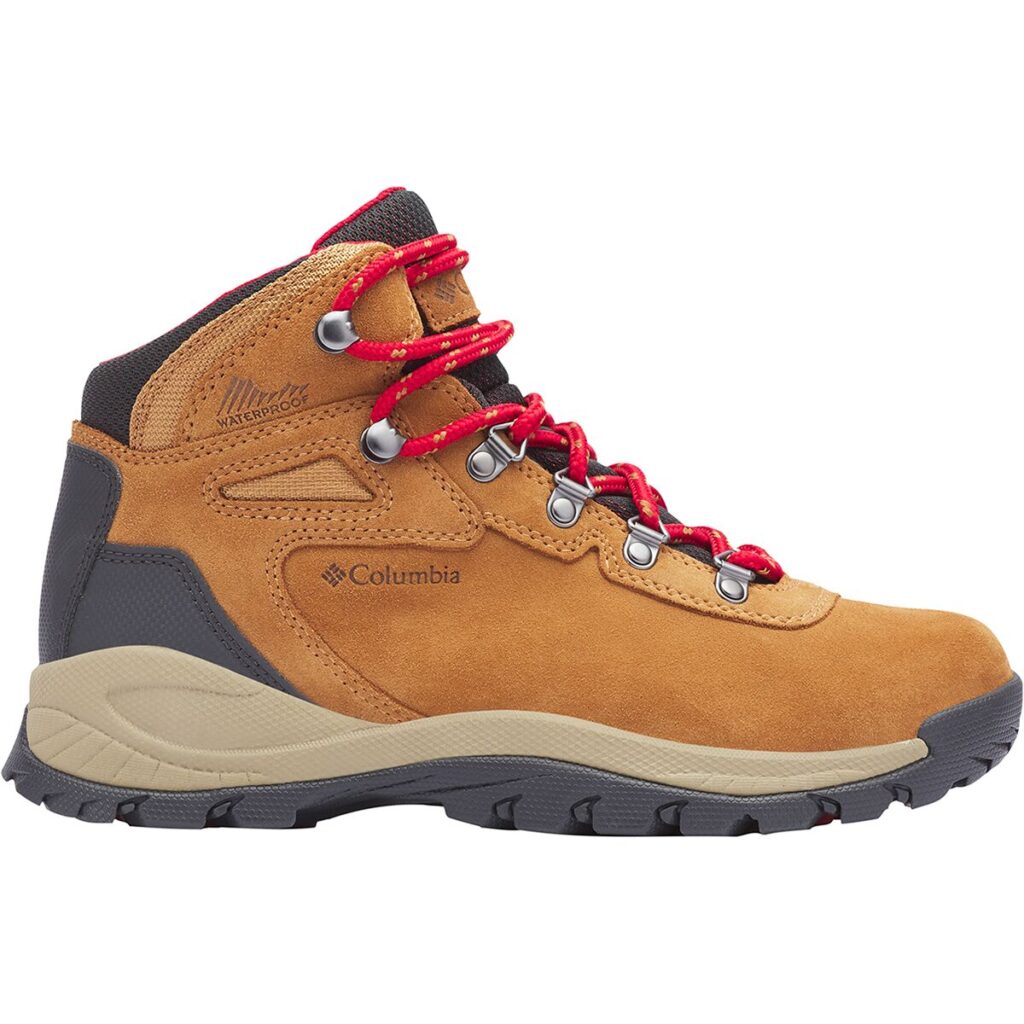
Pro Tip: Find some of my favorite hiking, camping and food items in my Gear Guide!


If you like to scroll your phone, work on your laptop or watch tv, chances are A LOT! As a travel blogger, I know I certainly do my fair share of screen time. I wanted to offer some discounts from DIFF Eyewear– which has literally EVERY style of glasses you can think of- including Blue Light glasses! Mine have been helping with headaches-check out to see what they have here!
WHAT TO EAT
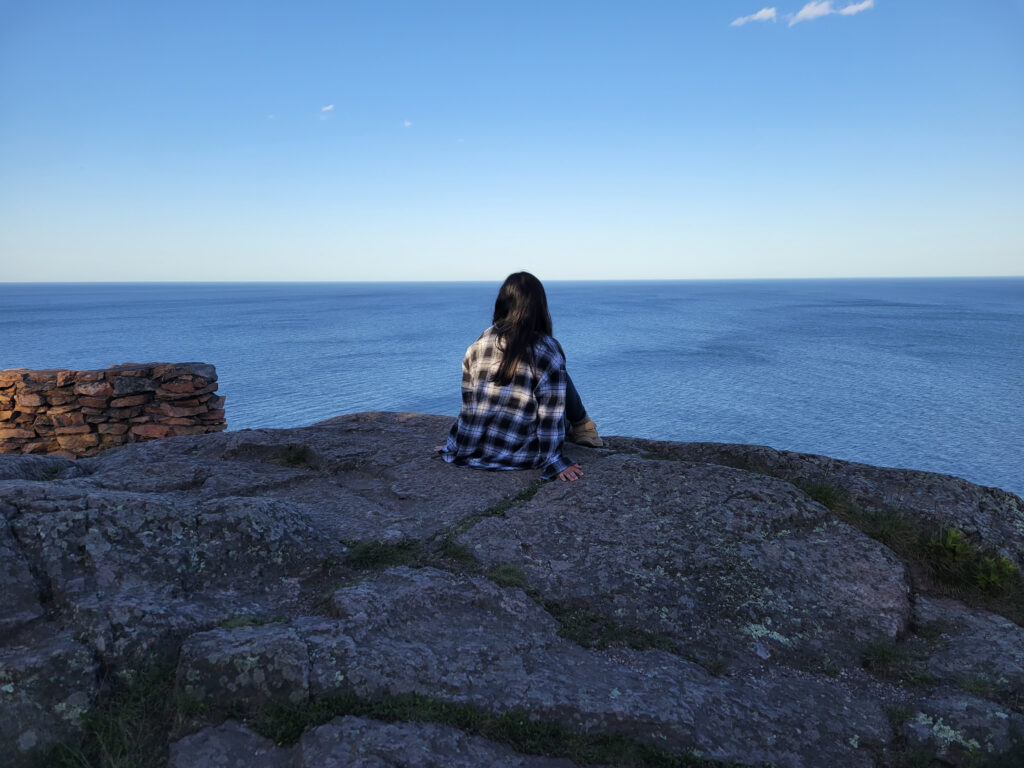
Snacks, snacks and more snacks! Bringing along sustainable, healthy food is crucial to keep your body going. My favorite snacks are power bites, protein bars, trail mix, dried fruit and crackers. For a heavier snack or a meal, I bring along peanut butter and bagels, make wraps to bring and hard boiled eggs and nuts. When I have my kids with, I always make sure to have plenty of easy (not as messy) snacks that I can offer them as we go. Their favorites are applesauce, trail mix, Goldfish, fruit and dark chocolate chips. Make sure to view my full list of snacks in my FREE printable packing list as well as meal planning ideas in the second FREE PDF.
CLICK HERE FOR HIKING MEAL PLAN. IF YOU HAVE ALREADY SUBSCRIBED VIA EMAIL, CHECK YOUR INBOX!
SAFETY
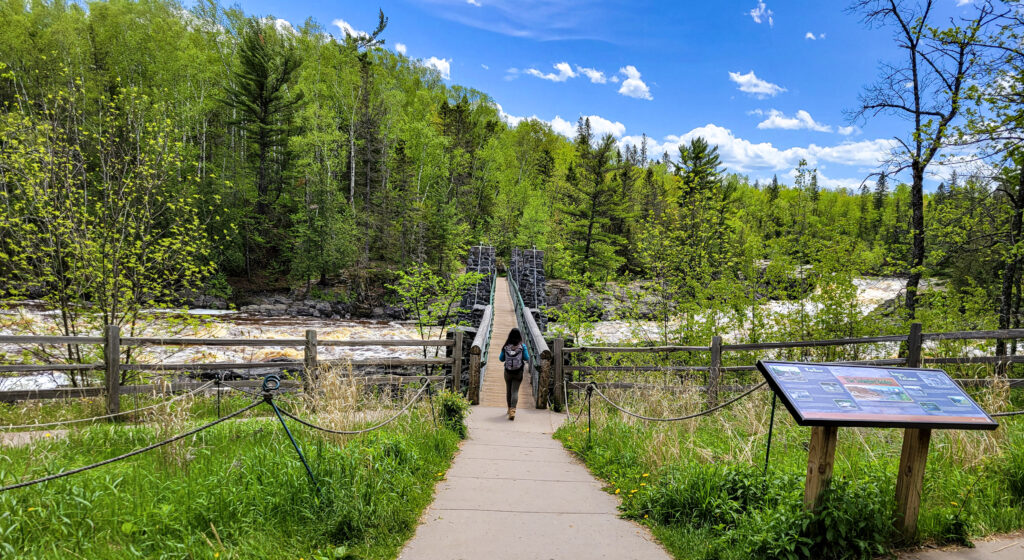
As mentioned in the packing section, non-negotiable safety items for me are a multi purpose tool like a Swiss knife can be a good idea for many reasons. Bear spray can come in handy just in case depending on where you are hiking. A fire starter, flashlight, waterproof matches and a whistle can be life saving items.
Hiking with a buddy or a group is always the safest way to go on a hike. It’s also important to have a physical copy of a map and to leave a copy of your hiking itinerary with someone who is not going on the hike. This truly can save your life!

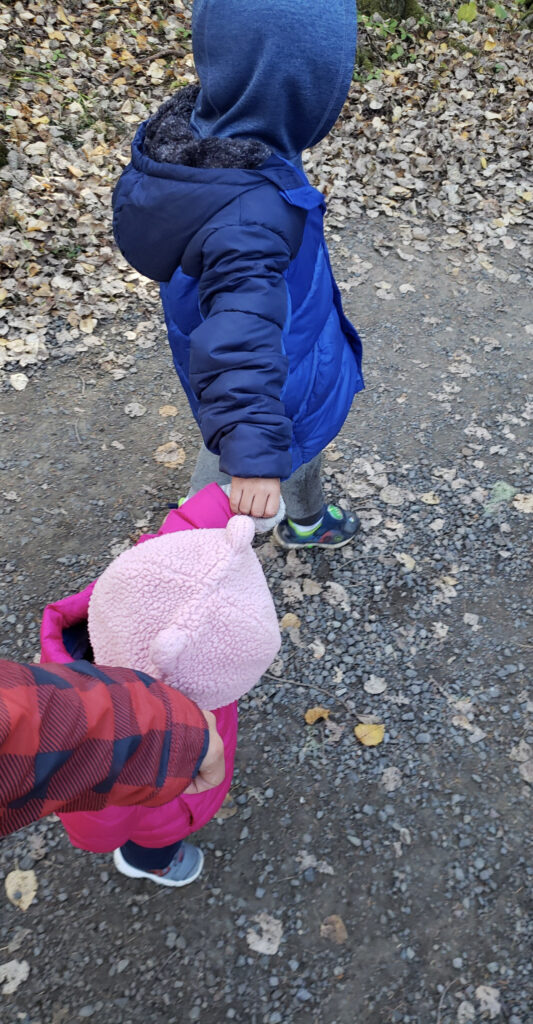
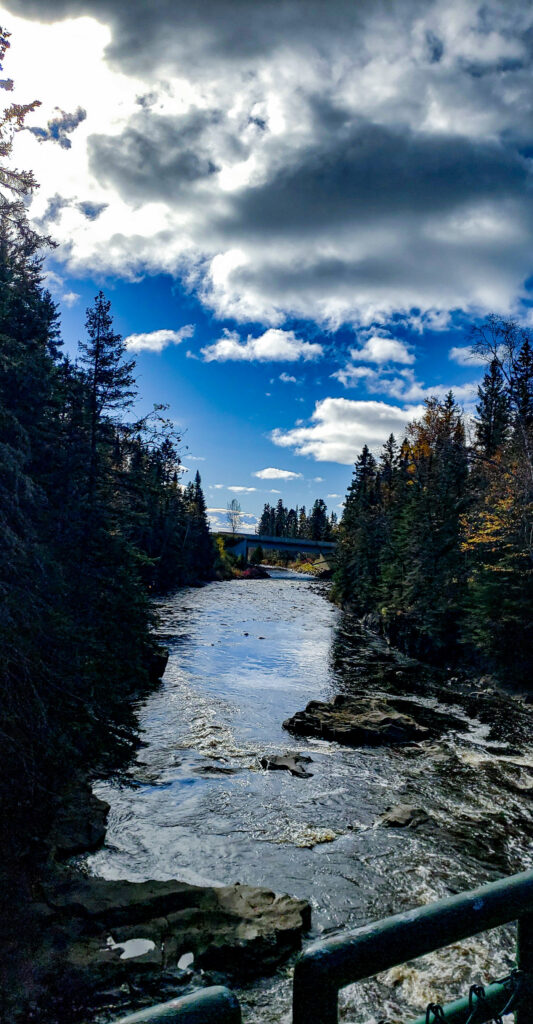
Be mindful of the wild life there- meaning be on the lookout for poison oak, ivy, ticks, snakes, bears, slippery slopes and beware of off the beaten paths. The second half of the hike can be where a lot of accidents happen, because your energy is depleted and body may be tired. Check in with yourself to see what YOU need and how YOU are doing. Be prepared to turn back if needed.
Always double check you have medications packed as well as extra water. It’s never a bad idea to have an emergency shelter as well.
Click HERE to view options for emergency shelters.
LEAVE NO TRACE
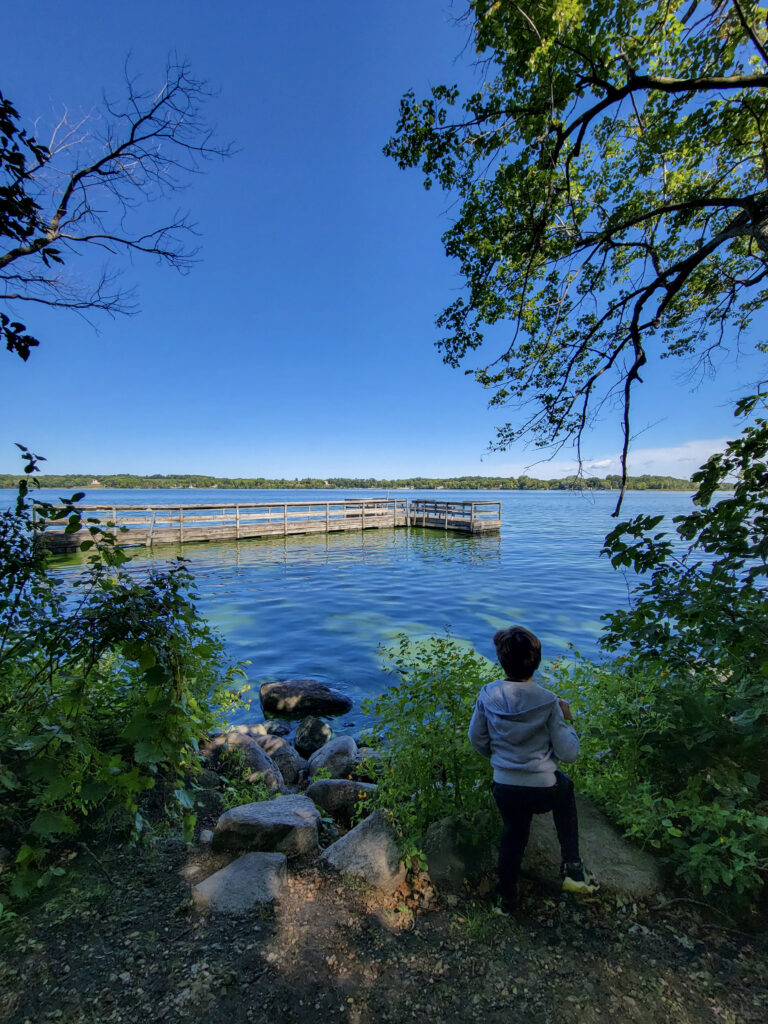
Since COVID 19 and the addition of social media, outdoor spaces are getting more traffic than ever. While it’s inspiring to see how many people are enjoying the outdoors, we need to realize the significant resource and social impacts high traffic of visitors make within our lands. Be mindful of the space you are in. I believe that the more connected we feel to nature, the more likely we are to protect it.
I want to introduce the seven core principles of Leave No Trace, an organization whose framework is for making good decisions to enjoy the outdoors responsibly.
- Plan and prepare
- Travel & camp on durable surfaces
- Dispose of waste properly
- Leave what you find
- Minimize campfire impact
- Respect wildlife
- Be considerate of others
Visit Leave No Trace to learn about how you can help protect our beautiful lands and wildlife.
TRAVEL AWAY WITH THE TRAVELING WILDFLOWER
-

Top Ten Adventures on Washington Island in Door County, Wisconsin
-
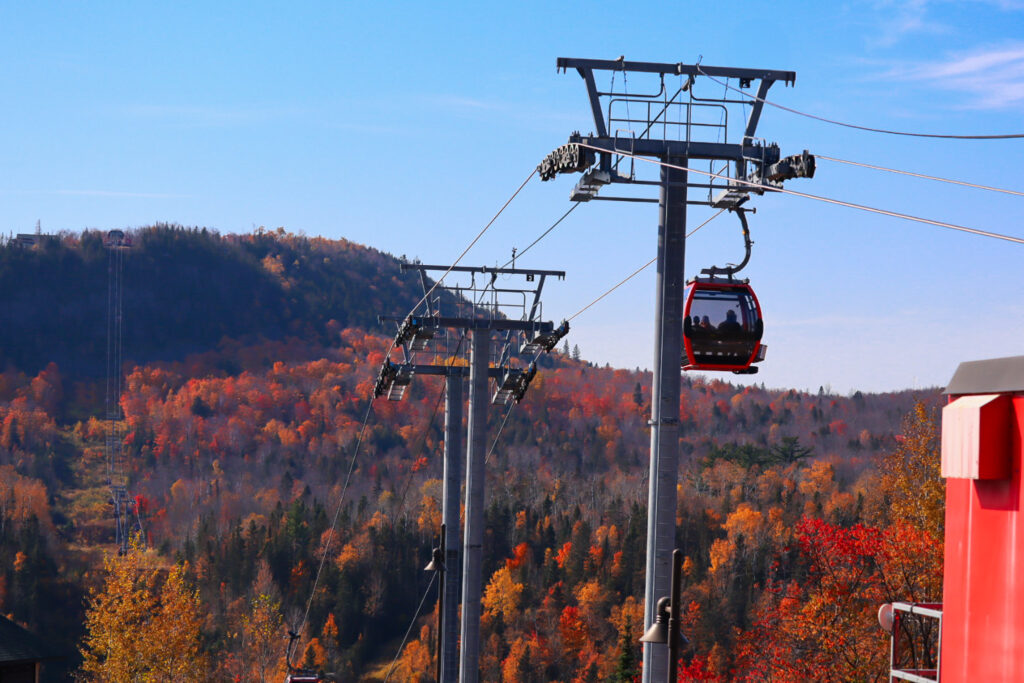
Fall Activities to Enjoy in Minnesota
-

Our Top Ten Activities in Excelsior on Lake Minnetonka, MN
-
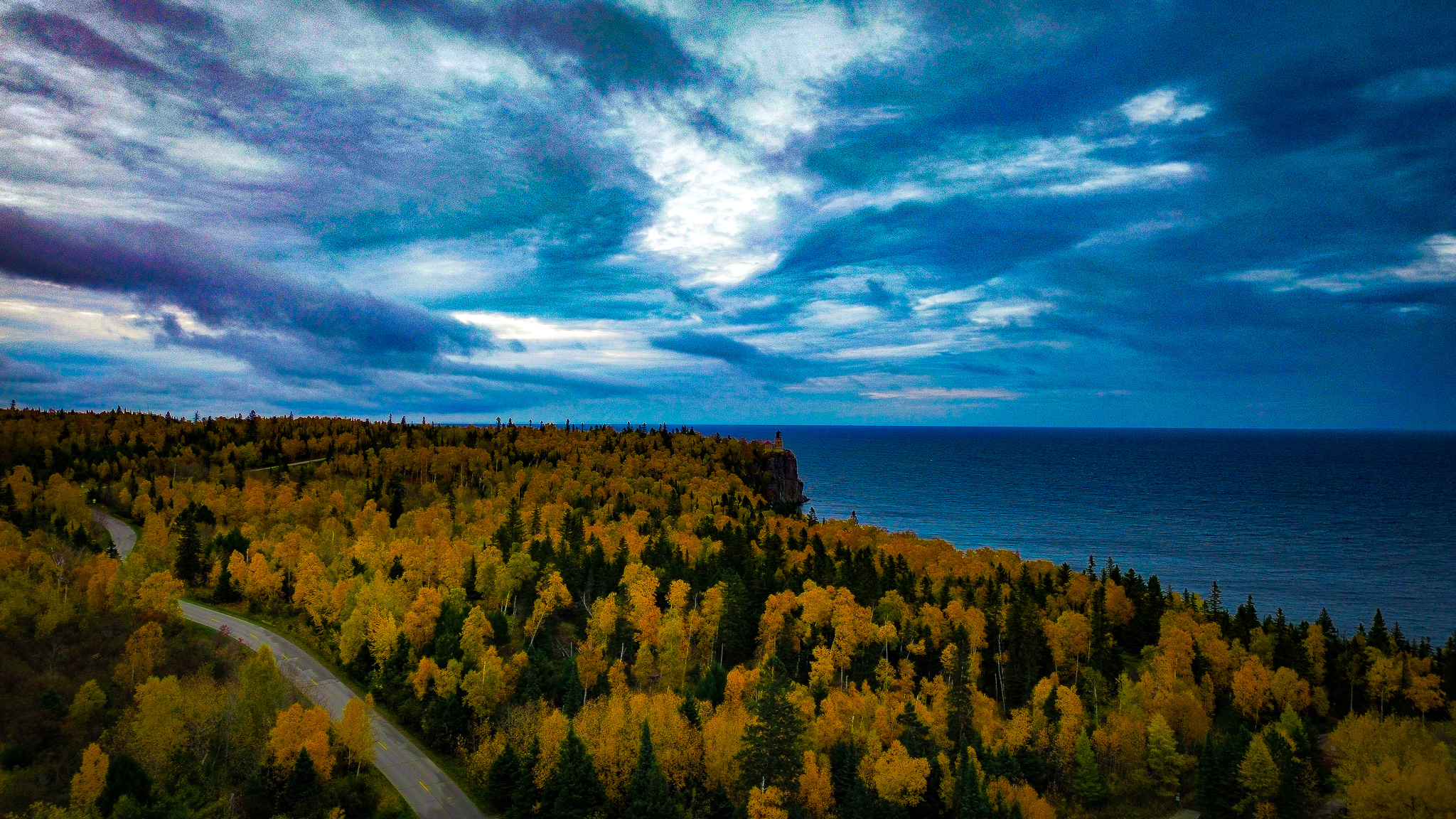
Favorite Fall Activities Along the North Shore of Minnesota

Comments +